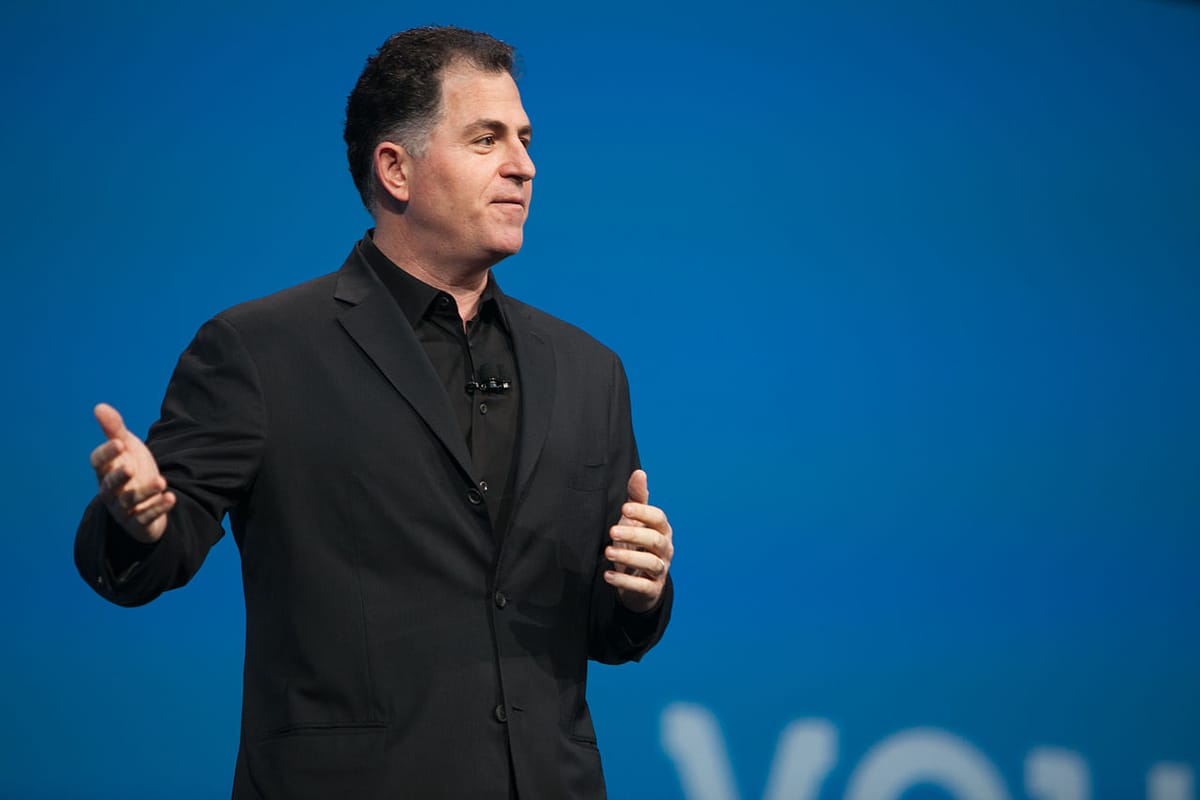Top Executives From Dell, Dish Networks and T-Mobile Tout Details of Their Companies’ 5G Deployments
September 27, 2020 – Top corporate executives in the computing and communications industry touted the benefits and opportunities of 5G wireless technologies at the fall INCOMPAS conference on September 14. “5G will bring about a new era of connectivity with the potential to push our country through
Liana Sowa

September 27, 2020 – Top corporate executives in the computing and communications industry touted the benefits and opportunities of 5G wireless technologies at the fall INCOMPAS conference on September 14.
“5G will bring about a new era of connectivity with the potential to push our country through the fourth industrial revolution,” said Michael Dell, chairman and CEO of Dell Technologies.
Dell boosted 5G as playing an essential role in making sure that all parts of the United States have access to fast and reliable broadband.
“Broadband is not a luxury in a digitally connected economy,” he said. ”Connectivity is economic opportunity.”
Also speaking at the event was Dish Networks Executive Vice President Tom Cullen. He said that his company’s new cloud-native 5G technology is already running on open radio access network: “Open interoperative software is not pie in the sky—it’s here now.”
As part of a condition for approval of the T-Mobile-Sprint merger, certain T-Mobile spectrum was peeled off and turned over to Dish. In turn, Dish promised the Justice Department and the Federal Communications Commission that it would aggressively deploy 5G using spectrum covering 20 percent of the U.S. population by June of 2022, and 70 percent by June of 2023.
See “Justice Department Collaborating with State Attorneys General’s Antitrust Investigation of Big Tech, Says Chief,” Broadband Breakfast, August 20, 2019
Both Dish and T-Mobile have adopted E-SIM technology, or embedded universal integrated circuit card as a programmable SIM card inserted directly into a device. This avoids the requirement of a connector for machine-to-machine applications.
Dish, like T-Mobile, said it was interested in partnerships. “If someone has an asset that Dish can use and not have to replicate, Dish is interested,” said Cullen.
T-Mobile also addressed details of its 5G deployments
Also speaking at the event was Steve Sharkey, vice president of engineering and technology policy at T-Mobile.
He said T-Mobile takes a “layer cake” approach to 5G spectrum. At the base level is the 600 MHz band covering 1.3 million square miles. The 2.5 GHz spectrum, acquired from Sprint, fills the middle layer. Millimeter wavelengths cover the more densely populated areas, he said.
“When we get spectrum, we don’t wait to plan on what we’re going to do with it, we just roll it out,” said Sharkey, Vice President of Engineering and Technology Policy at T-Mobile.
T-Mobile is one of the only providers with a standalone 5G network. While Verizon and AT&T have dismissed T-Mobile’s 5G network because it only delivers 40-80 Megabits per second (Mbps), Sharkey said that ”people can actually find our network. It has much greater coverage than AT&T and Verizon combined.”
Sharkey countered that because Verizon is primarily focused on millimeter wavelength deployments, it delivers spotty coverage in a small number of urban areas.
“They [Verizon] don’t really have a 5G network that’s useful for consumers, but ours is,” boasted Sharkey.
“We have 99 percent of the U.S. covered at 50 Mbps or greater, and that includes 90 percent of the rural population at 50 Mbps or greater.”
That said, T-Mobile admitted that they are “looking to partner with people for backhaul—especially in rural areas.”









Member discussion